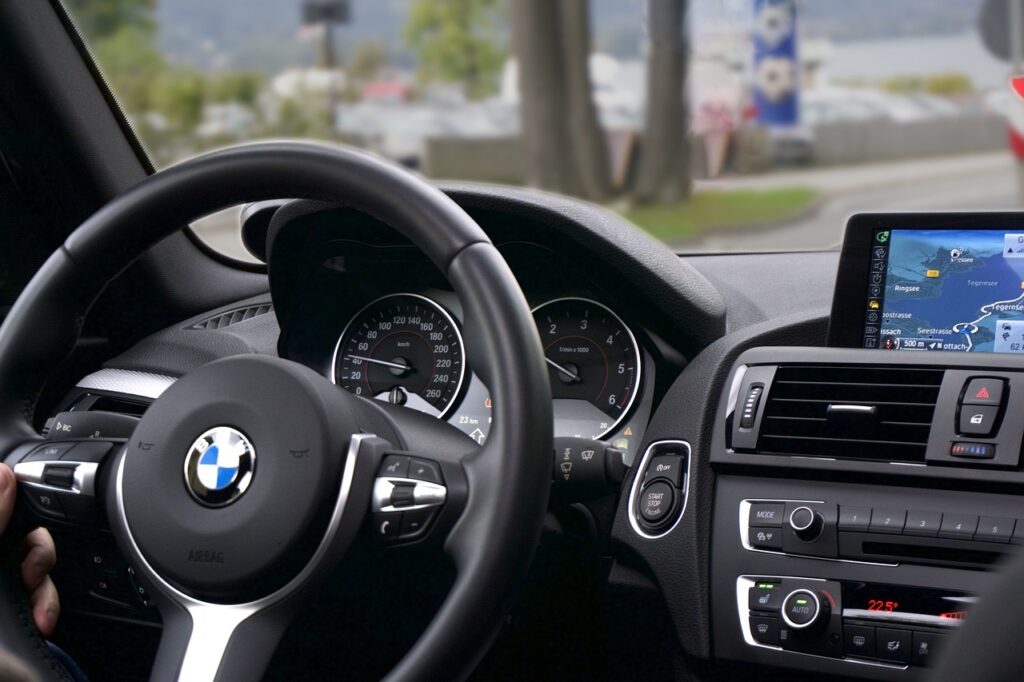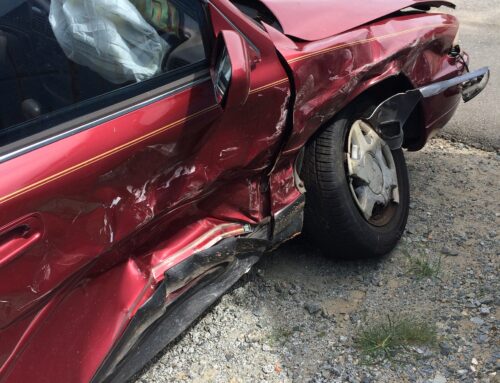Telematics technology is a unique way for insurance agencies to better understand how you drive by tracking certain stats about your vehicle usage, handling, and speed. First used by insurance agencies in the 90s through GPS, this tech is becoming increasingly available every year due to the near-ubiquitous nature of smartphones and smart cars that can provide reliable, up-to-date data. Are you a safe, reliable, or seldom driver looking to lower your rates? This might be the plan for you.
What is Telematics Technology?
This technology allows insurance providers to monitor your driving behavior in real time. The basic steps of using telematics include the following:
- A telematics device is installed in your car, or you download a mobile app.
- The technology tracks your driving habits, such as acceleration, braking, and time of day you drive.
- Your driving behaviors are recorded and sent to the insurance provider.
- You are provided feedback and stats on your driving habits, as well as discounts or rate hikes as specified in your plan.
Telematics data can lead to discounts on insurance premiums, as insurers reward safe and responsible driving. The safer you drive, the more you can shave off your monthly rates. While not ideal for every driver, this system does allow for a personalized approach to insurance, where your rates are tailored to how you actually use your car, not just statistical averages.
How Telematics Technology Affects Insurance Costs
At the most basic level, telematics allows insurance providers to charge specific drivers less for their monthly premium, as the associated risk with covering that driver is lower. If you are routinely slamming on the brakes during a daily commute, insurance providers will learn that they are only one bad day away from having to pay for repairs to your vehicle. In response to this telematics data, they may raise your rates.
In order to get the most out of this type of insurance, avoid these habits:
- Slamming on the brakes
- Accelerating rapidly
- Turning or lane-switching at high speeds
- Routinely driving above the speed limit
It is important to note that telematics is not simply a binary system where good drivers get lower rates and bad drivers see rate hikes. Even the best driver in the world could see rate hikes depending on their vehicle usage. For example, you might see rate increases after enrolling in a telematics-based insurance plan if you:
- Drive in congested rush-hour traffic daily.
- Drive your vehicle primarily at night.
- Clock more hours on the road than the average person.
- Allow someone else access to your vehicle (if insurance providers track info directly from a device installed in the vehicle.)
Even if you are a perfect driver, these usage statistics will still put you in a higher-risk category because of the greater amount of chances that your vehicle could be involved in an accident. As such, this type of insurance is best for safe drivers without extensive daily transportation needs. Remote workers, stay-at-home parents, and anyone else who does not drive to set locations daily should consider the possible savings from this usage-based insurance.
Remember, you can see rate hikes after enrolling in this type of car insurance. You should never blindly change your plan before researching and assessing your personal risk tolerance regarding potential rate hikes.
Luckily, you don’t have to make this decision alone. The team of experts at Anderson & Associates Insurance Group can help you navigate the system and find the best coverage for your needs. Call us today to learn more.










